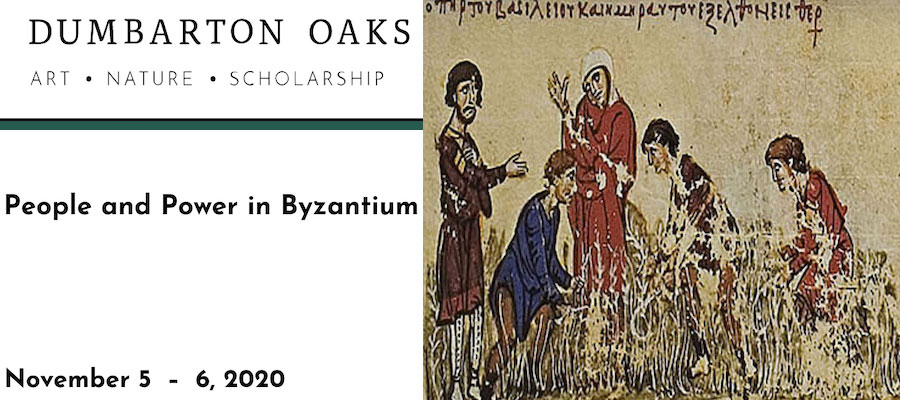People and Power in Byzantium, Dumbarton Oaks Byzantine Studies Virtual Colloquium via Zoom, November 5–6, 2020
Research on the social and economic history of Byzantium has tended to focus on the upper levels of society, where the evidence is abundant and relatively easily accessible. It has traditionally been dominated by attention to the large structures of church and state, represented through the key figures of patriarch and emperor, and how they implemented their economic and ideological interests. This has resulted in a top-down view of Byzantine society. In recent years, however, greater attention has been paid to the study of group formation, especially with a view to vertical mobility through patronage networks. This colloquium aims to foreground these recent advances in scholarship.
The colloquium brings together eight specialists who investigate the formation of groups based on shared purpose, whether social, economic, or religious. Of particular interest is the interplay between external pressures and internal motivation in the perception and representation of groups, on the one hand, and in the formation of groups and networks, on the other. This often involves searching out previously unknown or underappreciated sources, or subjecting better-known sources to new analytical questions.
By elucidating these phenomena in different periods of Byzantine history and in different geographical and social settings, this colloquium raises important issues of scope regarding the methodology and interpretive models for the study of Byzantine society.
Colloquiarch: Claudia Rapp, University of Vienna
Advance registration required.
